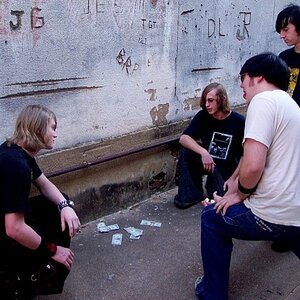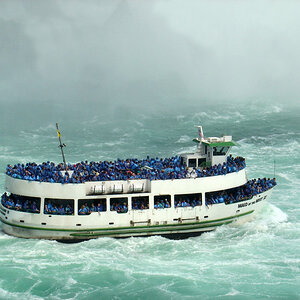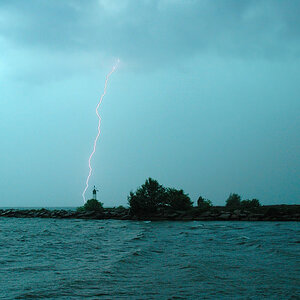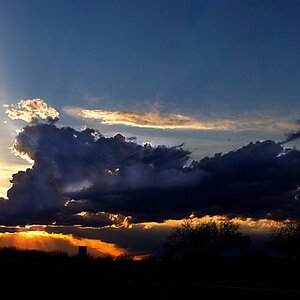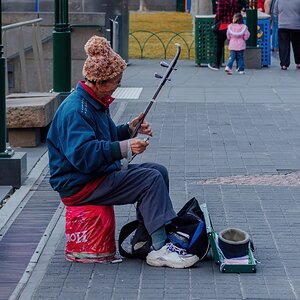confucious
TPF Noob!
- Joined
- Aug 16, 2007
- Messages
- 125
- Reaction score
- 0
- Location
- Ottawa, Canada
- Can others edit my Photos
- Photos OK to edit
HI all...you will perhaps of had this question before so please bear with me as I don't even know the name of what I am trying to do.
The goal: To create a shot in which the model/object is isolated in blackness, ie: object is lit and background, sides are deeply black.
I have some ideas...first off I imagine I need a completely dark room and must work with decent lighting and reflective material. I have two lights with stands and bright "day" bulbs, how would I place these?
As to f/stop...I am thinking I would need/want to shoot it with it wide open for blurred black background, and closed for plain black (if there is such a thing as a blurred black anyways . Does this sound right?
. Does this sound right?
And lastly, is there some method I need to employ wherby the subject is 3 or so f/stops from the background??
I would be using a Canon Rebel XTI with a kit 18-55 mm and a Sigma 70-300 APO DG Macro lens.
Any and all suggestions would be greatly appreciated...THanks in advance!!!
The goal: To create a shot in which the model/object is isolated in blackness, ie: object is lit and background, sides are deeply black.
I have some ideas...first off I imagine I need a completely dark room and must work with decent lighting and reflective material. I have two lights with stands and bright "day" bulbs, how would I place these?
As to f/stop...I am thinking I would need/want to shoot it with it wide open for blurred black background, and closed for plain black (if there is such a thing as a blurred black anyways
And lastly, is there some method I need to employ wherby the subject is 3 or so f/stops from the background??
I would be using a Canon Rebel XTI with a kit 18-55 mm and a Sigma 70-300 APO DG Macro lens.
Any and all suggestions would be greatly appreciated...THanks in advance!!!






![[No title]](/data/xfmg/thumbnail/34/34691-2fa9779b0e77f698b193a633b9242553.jpg?1619736604)
![[No title]](/data/xfmg/thumbnail/37/37606-3c9ffb5906173fa2aa489341967e1468.jpg?1619738148)
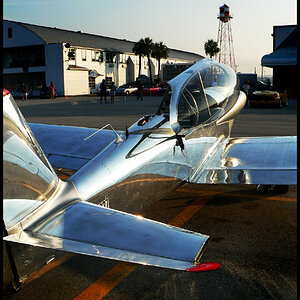
![[No title]](/data/xfmg/thumbnail/36/36966-71220579619c9a335442302fce0e57aa.jpg?1619737842)
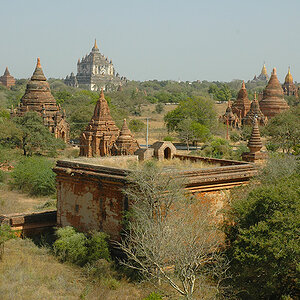
![[No title]](/data/xfmg/thumbnail/34/34692-a218056da5698d6c9b7cf734f656562d.jpg?1619736605)
